Over the years I have been amazed at how many of my academic colleagues, who do not find the arguments convincing that the East Talpiot “Jesus” family tomb can likely be identified with that of Jesus of Nazareth, are nonetheless quite sure that the Church of the Holy Sepulcher is the most likely site of Jesus’ crucifixion and burial. Although I find it more likely that Jesus was crucified and buried on the Mount of Olives (see “Locating Golgotha”), let’s go with that common identification of the site.
Here is an imaginary Q & A on this point:
Q. How can you say this “Jesus” tomb in east Talpiot is very possible the family tomb of Jesus of Nazareth when most academics agree the best evidence points to the site of the Church of the Holy Sepulcher?
A. Okay, let’s assume that the Constantinian site is the place. Is it not the case that the tomb preserved inside the Church of the Holy Sepulcher has no body, today or ever in the history of its veneration? Doesn’t that leave us with two choices? Either Jesus was bodily raised from the dead and ascended to heaven, or Jesus’ body was initially placed in the tomb mentioned in all our gospels–an unfinished tomb near the place of crucifixion, but as an emergency temporary measure since the Passover Seder began hours after his death. After the Passover Sabbath the body would have been subsequently moved to a permanent tomb—leaving it empty Sunday morning before sunrise when Mary Magdalene visited. Is this not the only likely historical explanation for the first tomb being empty? So should we not be open to a second tomb–other than that chosen by Constantine’s mother in the 4th century?
So presumably, assuming the second option has more historically validity, somewhere in the Jerusalem area, there was a second tomb of Jesus–and subsequently that of his family–his widowed mother, brothers, with any wives or children, who took up residence in Jerusalem, that became their final resting place. If one accepts the Joseph of Arimathea tradition, it would be Joseph who would have provided such a permanent tomb. The Talpiot tomb, located on a rich man’s estate just south of the Old City, is surely a possibility, given the cluster of names therein–and if one adds James the brother of Jesus to the cluster of names it seems virtually certain. [1]See “The Case for a ‘Jesus Family Tomb in Jerusalem: A Comprehensive Summary of the Evidence, and New Evidence on the James Ossuary and its Connection to the Talpiot Jesus Tomb.
That is precisely what we read in John 20:1-10. I have argued that these ten verses preserve for us the most authentic empty tomb tradition with all the material about subsequent “appearances” of Jesus in Jerusalem that we find in John, Matthew, Luke added later. These verses reflect a parallel tradition preserved in the original ending of Mark 16:1-8, which has no appearances of Jesus in Jerusalem: [2]See the full case I make here: https://jamestabor.com/the-most-important-ten-verses-of-the-gospels-to-read-on-easter-morning/
Now on the first day of the week Mary Magdalene came to the tomb early, while it was still dark, and saw that the stone had been taken away from the tomb. So she ran, and went to Simon Peter and the other disciple, the one whom Jesus loved, and said to them, “They have taken the Lord out of the tomb, and we do not know where they have laid him.” Peter then came out with the other disciple, and they went toward the tomb. They both ran, but the other disciple outran Peter and reached the tomb first; and stooping to look in, he saw the linen cloths lying there, but he did not go in. Then Simon Peter came, following him, and went into the tomb; he saw the linen cloths lying, and the napkin, which had been on his head, not lying with the linen cloths but rolled up in a place by itself. Then the other disciple, who reached the tomb first, also went in, and he saw and believed; for as yet they did not know the scripture, that he must rise from the dead. Then the disciples went back to their homes. (John 20:1-10).
What we read here is precisely what one would expect. There are no angels, no man in a white robe, no mighty earthquake, no message that “He has risen.” Rather here we have an unembellished account of just what one would expect. That first temporary tomb, near the site of the crucifixion, is found empty early Sunday morning since the body of Jesus has been removed by the burial party of Joseph of Arimathea for permanent reburial. Mary even says, “They have taken the Lord out of the tomb and we do not know where they have laid him?” Peter and the Beloved disciple then run to confirm this removal and reburial. The disciples then return to their homes. Based on the final lines in the Gospel of Peter they wept and mourned for the remainder of the seven days of Unleavened Bread and then returned to their homes in the Galilee, see my article “The Surprising Ending of the Lost Gospel of Peter.”
The apparitions of Jesus only began in the Galilee when the core disciples–Peter, Andrew, James, and John–and some of the others, had returned to Capernaum and resumed their livelihood. This is Mark’s tradition as well–that the disciples “saw” Jesus in the Galilee–most likely on a mountain–in an experience akin to the Transfiguration (Mark 9:1-8; Matthew 28:16-17).
So what about all the appearances in Jerusalem recorded by Luke and John? After all, it is those that are in most peoples’s memory when they think of Easter morning. Some years ago my late friend Jerome Murphy O’Conner asked me the following:
You say that the body of Jesus was removed from its temporary resting place to a permanent tomb. This is not at all impossible. Extreme improbability sets in only when you invite us to assume that this group, who knew perfectly well what had actually happened to the body of Jesus, permitted their co-religionists to proclaim, not that he was still alive (immortality of the soul, well attested in Judaism) but that he was risen from the dead. This, of course, is against the background of what “resurrection” meant for first-century Jews. In order for me to take your “evidence” seriously, you would have to explain why the family and/or disciples based their future lives on what they knew to be a falsehood, namely that the body had been raised, and finally to justify how the secret was preserved in one of the gabbiest societies in ancient history
I wrote the following article was written in response to his query and in memory of the good and fruitful discussions we had together about these matters at the University of Notre Dame in the 1980s and subsequently over the years at the École Biblique in Jerusalem: “How Faith in Jesus’ Resurrection Originated and Developed: An New/Old Hypothesis.”


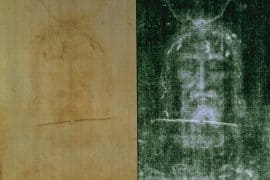
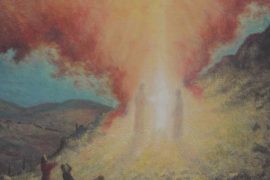
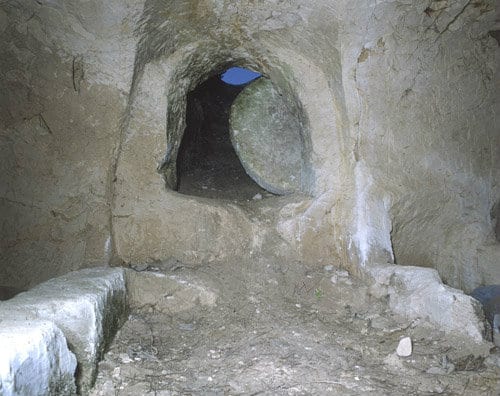
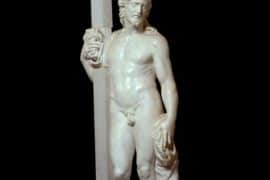
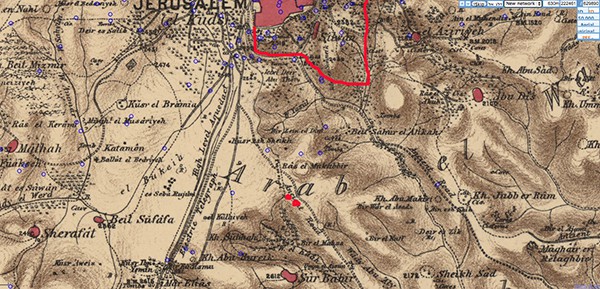


Comments are closed.